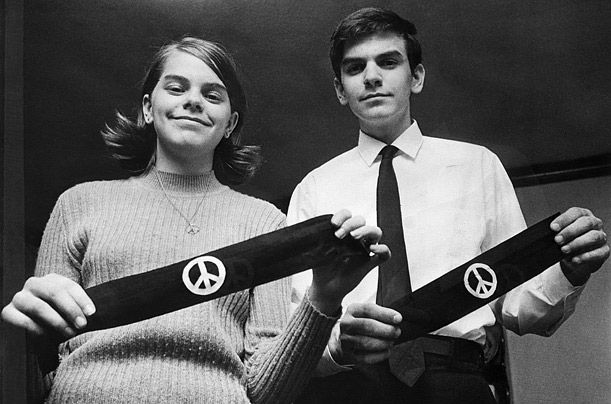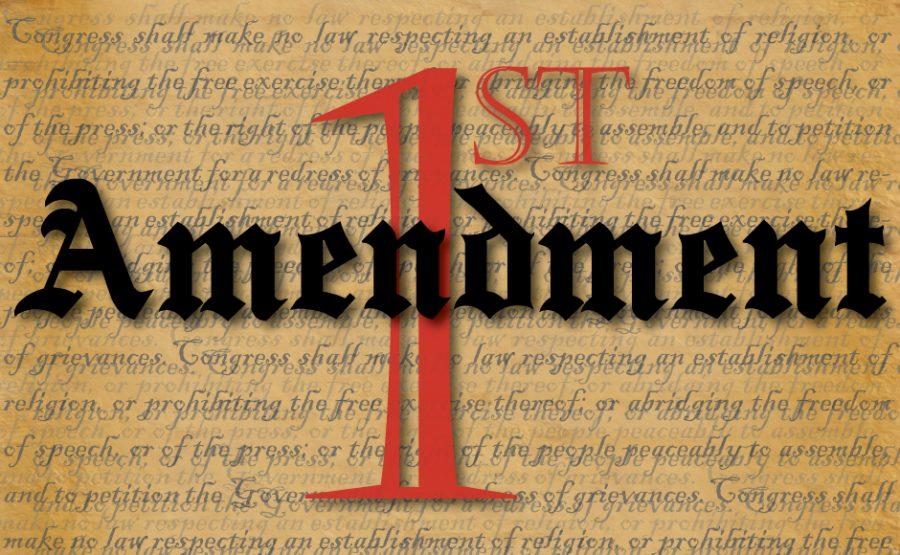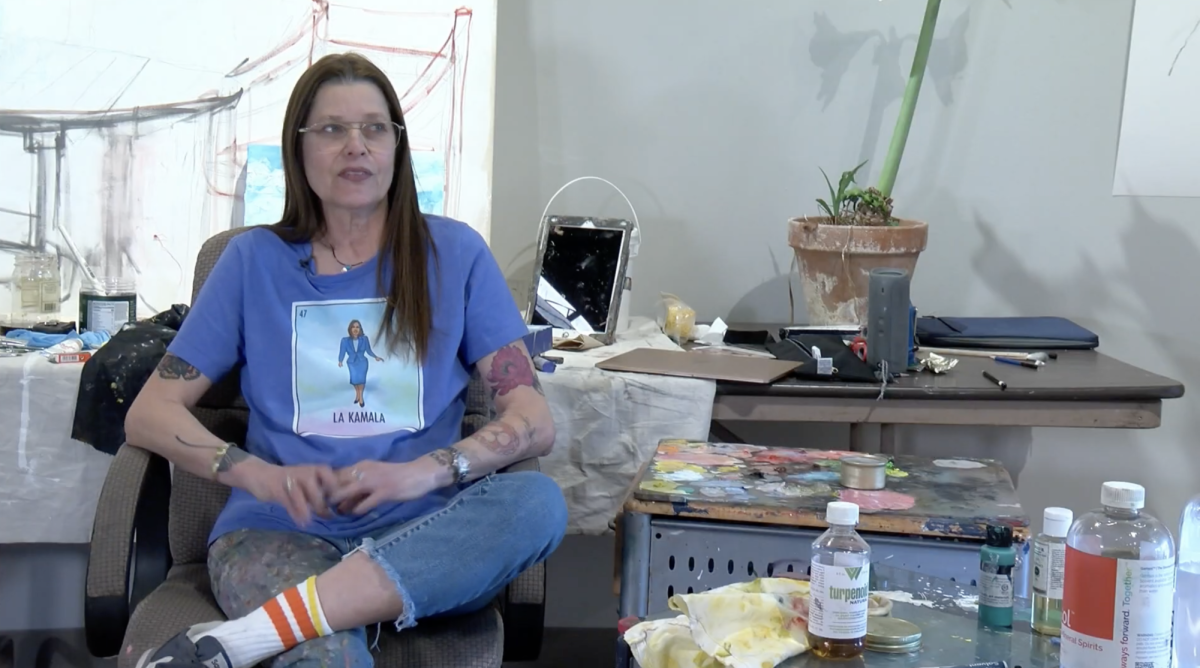Break Out In Case of Fire: In Defense of Symbolic Speech Protection
December 8, 2017
According to “The State of the First Amendment Survey 2017,” the majority of people have not taken part in political action such as signing a petition, boycotting, peacefully demonstrating, striking, or other acts. In fact, about 80% of Americans have never taken a part in any of these political actions. An important question to consider is do we choose not to participate in these political actions because we do not agree with them, or because we do not understand them?
Symbolic speech, defined by landmark cases of the U.S Supreme Court as “conduct that expresses an idea” is considered a form of free speech and is therefore protected by the First Amendment and our rights are therein guaranteed. Over the course of history, we have seen several cases, some of which have made it to the Supreme Court of the United States, that have caused an uproar as a direct result of individuals using symbolism as their means of protest. So, what limitations apply to symbolic speech? How should we react to symbolic acts?
Historically, symbolic speech acts have been protected by the Supreme Court. In Tinker v. Des Moines Independent School District (1969), three public school students were suspended from school for wearing black armbands in protest of the United States involvement in Vietnam. These actions did not affect the rights of others, nor were they loud or aggressive. Within these circumstances, they were protected by the Supreme Court. In the majority ruling it was stated, “It can hardly be argued that either students or teachers shed their constitutional rights to freedom of speech or expression at the schoolhouse gate.” This concept has held in future cases regarding student free speech and symbolism.
In Texas v. Johnson (1989), the court ruled on the notion of flag burning as symbolic speech after Johnson was arrested and charged for the desecration of a venerated object. Majority ruling went to Johnson and protected his actions. The court noted that outrage and offense do not equate to the justification of suppressing free speech. However, Justice Stevens wrote for the dissent and argued that the symbolism of the flag could be held above the notion of symbolic speech, and the government then could prohibit certain actions taken towards patriotic symbols.
The perceptions of symbolic speech are alive and well today and we’ve seen it most recently in the National Football League when Colin Kaepernick took a knee during the National Anthem to protest the systematic oppression against African-Americans. Kaepernick’s actions influenced athletes from many backgrounds to follow suit, and there was a nationwide outrage. People across the United States feel as if Kaepernick, and all who followed suit, are blatantly disrespecting our nation and its veterans, based on their perception of the action.
Protection of symbolic speech is vital, as it fits under the First Amendment. ACLU Legal Director Steven Shapiro made this statement to National Public Radio: “The First Amendment really was designed to protect a debate at the fringes. You don’t need the courts to protect speech that everybody agrees with, because that speech will be tolerated. You need a First Amendment to protect speech that people regard as intolerable or outrageous or offensive — because that is when the majority will wield its power to censor or suppress, and we have a First Amendment to prevent the government from doing that.”
We must continue to protect symbolic speech, even if we do not agree with it. If we begin to allow the suppression of any type of speech, we have started down a road that will be detrimental for every group.
Symbolic speech will be interpreted in many different ways based on perceptions and backgrounds of individuals. It is important we allow for symbolic speech that we do not agree with because if we shut one group down, then it will spiral into the loss of our own First Amendment rights. Justice Hugo Black wrote that First Amendment protection “must be accorded to the ideas we hate or sooner or later they will be denied to the ideas we cherish” (1972). If we take away the rights of people that one group does not agree with, chances are that another group will want to take away the rights of the first dissenting group, and this could become a never ending cycle.
We must protect the speech we most disagree with.
In the words of Martin Niemöller:
“First they came for the Socialists, and I did not speak out—
Because I was not a Socialist.
Then they came for the Trade Unionists, and I did not speak out—
Because I was not a Trade Unionist.
Then they came for the Jews, and I did not speak out—
Because I was not a Jew.
Then they came for me—and there was no one left to speak for me.”







